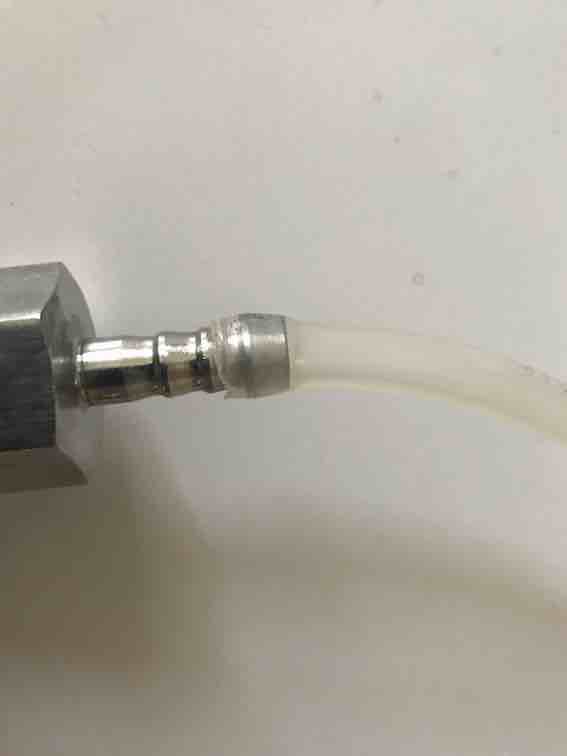Hi guys,
Im hoping to start kegging soon and was thinking about getting this regulator:
https://www.ebay.co.uk/itm/15456228...oUcotHji2IIu9IPs39_UaUCe2qxqMPohoCBRUQAvD_BwE
Reason being is that id like to have one batch in a fridge fermenting, another carbonating inside a kegerator using the higher pressure of primary and lastly 2nd keg at serving pressure from secondary.
I only have 1 tap so once the keg is finished carbonating i assume i can lower the pressure to match the secondary ? Or would the primary need to be higher ? If so, would it be an issue if it sat at higher psi for longer period of time as in would it overcarb ? I assume not but want to be sure.
My main question is, if i end up with only 1 keg in the kegerator, the serving one, and connect it to primary, is there a way to shut off the secondary or does it have to be connected to something ? As in if not connected to a keg, would it leak ?
Thanks all.
Im hoping to start kegging soon and was thinking about getting this regulator:
https://www.ebay.co.uk/itm/15456228...oUcotHji2IIu9IPs39_UaUCe2qxqMPohoCBRUQAvD_BwE
Reason being is that id like to have one batch in a fridge fermenting, another carbonating inside a kegerator using the higher pressure of primary and lastly 2nd keg at serving pressure from secondary.
I only have 1 tap so once the keg is finished carbonating i assume i can lower the pressure to match the secondary ? Or would the primary need to be higher ? If so, would it be an issue if it sat at higher psi for longer period of time as in would it overcarb ? I assume not but want to be sure.
My main question is, if i end up with only 1 keg in the kegerator, the serving one, and connect it to primary, is there a way to shut off the secondary or does it have to be connected to something ? As in if not connected to a keg, would it leak ?
Thanks all.













































![Craft A Brew - Safale S-04 Dry Yeast - Fermentis - English Ale Dry Yeast - For English and American Ales and Hard Apple Ciders - Ingredients for Home Brewing - Beer Making Supplies - [1 Pack]](https://m.media-amazon.com/images/I/41fVGNh6JfL._SL500_.jpg)















 That is the exact regulator I wanted to buy when I began, but the only ones I could find in Canada had barbs instead of MFL's and it cost nearly $200... I made a mistake and learned from it: There was a sale on a cheap import regulator for $50 and I jumped on it.... it is now in my scrap collection, having been used to unreliably serve the first few kegs I ever filled. I replaced it with a Taprite as I should have done in the beginning.
That is the exact regulator I wanted to buy when I began, but the only ones I could find in Canada had barbs instead of MFL's and it cost nearly $200... I made a mistake and learned from it: There was a sale on a cheap import regulator for $50 and I jumped on it.... it is now in my scrap collection, having been used to unreliably serve the first few kegs I ever filled. I replaced it with a Taprite as I should have done in the beginning.
